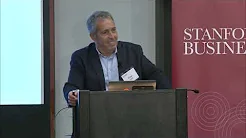Abundant is a movie in the making, a documentary about altruism, focused on non-directed living kidney donors, who start kidney exchange chains. It isn't done yet, but now they are in the editing process...
"Abundant is a feature-length documentary film about the complex, human experience of giving. To fully understand giving, Abundant enters the world of extreme altruism. And there are no more extreme altruists than non-directed living kidney donors. These rare individuals give a kidney away to a complete stranger. It’s all risk, no reward. Or is it?
"Abundant features true stories of non-directed kidney donors recorded live on stage at the performance art show CrowdSource for Life. Their stories illustrate the unimaginable impact of extreme giving. It’s obvious their kidney donations saved another person’s life, but there is so much more involved.
"Insights from experts from the worlds of economics, spirituality, business, the arts, psychology and neuroscience, frame and explain the altruistic psyche. In his interview for Abundant, Buddhist monk Bhante Sujatha described giving with a literal translation from his Sri Lankan language, Sinhala. In Sinhala, giving means, “It leaves my hand.” That’s a clear, simple and elegant concept. Yet so many of us struggle with the genuine act of giving and the abundance required to give openheartedly.
"Through stories, commentary and experiences, Abundant explores how our culture struggles with abundance and what we can do to become more altruistic as a community."
#####
Update: here's a link to join the email list for updates on the movie: https://abundantmovie.com/








